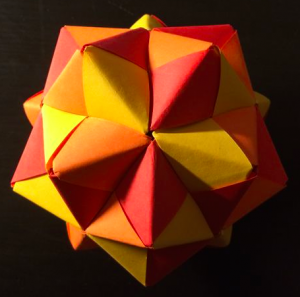Everyone seems to have one and my 7th grader is sure he’s the only middle schooler without one! What is it? A smartphone!
![]()
How can you spend your Math Minutes this week?
- Print off a copy of this worksheet and then click here to watch a video about what smartphones are made of. Fill in the worksheet as you watch the video. Turn your completed worksheet in to your EY Coordinator.
- Read some of the statistics about smartphones on this site. Post a comment or question about a statistic that you found interesting. When posting a comment, include your first name only, grade, and school (i.e. Toby, 2, Sunset).
- Read about the rare earth elements on the sites linked below. Create a Pic Collage, a Keynote presentation, or choose another app to display the information you learned.
- Create a trading card of one of the rare earth elements.
image taken from: https://commons.wikimedia.org/wiki/File:Smartphone_icon.svg






